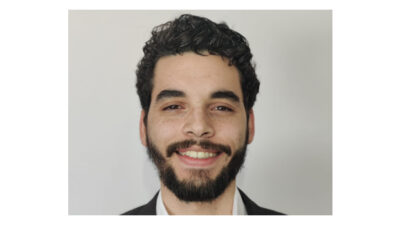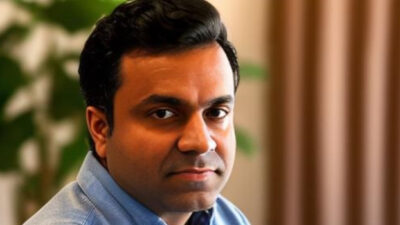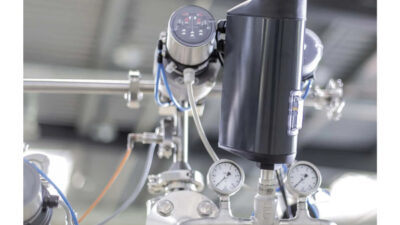Many plant-floor technicians are being asked to do more as their role evolves.

Until recently it might have been possible to say that plant-floor technicians were confined to relatively siloed roles. But given shortages of skilled labor in the industry, and an emphasis on Lean, many of those technicians are being asked to do more, says Ryan Williams, product manager for solutions & services, Endress+Hauser USA, Greenwood, IN.
In addition, today’s plant floors are populated by a widening variety of electro-mechanical, process measurement, automation control, IIoT enabled and other field device types. Thus, today’s technicians need a toolset enhanced to meet the increased needs of the day.
Using digital interfaces, instruments now transmit status, diagnostics and other information. Endress+Hauser estimates that of the 40 million of its process instruments installed worldwide, 90% are digital, smart devices.
These smart instruments deliver information at the edge that is of benefit beyond the control realm, to maintenance management, asset management, inventory control and other enterprise and business applications. But Endress+Hauser further estimates that 97% of the data generated isn’t being used.
Smart talk
If a single smart instrument, such as a Coriolis meter can provide a few dozen items of status and diagnostic information and a plant has several thousand similar instruments, the host systems have to deal with huge amounts of data arriving in near real time.
Instrument makers have software that uses that data from the edge to diagnose problems and schedule maintenance. Endress+Hauser’s solution for the IIoT ecosystem is called Netilion. While smart instruments provide diagnostics to indicate problems with electronics or subcomponents, this is often done by way of the traditional automation system.
“This type of solution presents challenges. Networks can be unduly burdened with data transmissions, Historians can become bloated, and there can be time lags between data collection and recognition by the IIoT software,” said Williams.
An alternative solution, Williams suggests, is to deliver all of the edge data to IIoT software via the cloud, thus bypassing the automation system completely. By connecting the instruments to an Ethernet-based network, the data can by captured by an edge device to transmit it to IIoT software in the cloud.
Sources and servers
Software and hardware are needed to extract data from the plant’s Ethernet network or devices and transmit it to that cloud-based software. Netilion Connect includes the edge devices, cloud platform and application programmable interfaces (API) to do that. The API provides simplicity in achieving connectivity.
Of special interest to field technicians is E+H’s Field Xpert, which includes device configuration software that directly links to the Netilion platform.
Selecting the right devices and instrumentation can’t be decided on a one-size-fits-all basis. At sites including hundreds of measurements high-speed data acquisition is used to push the instrument to the cloud. Where instruments-based edge devices run at basic speed, information can be transmitted in small amounts.
“The Netilion ecosystem is based on an open-source technology platform that includes analytics software, process health diagnostics and the means to access appropriate documentation,” said Williams, thus providing technicians what in future they will have increasing need of.



